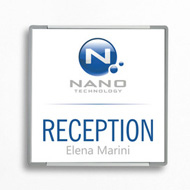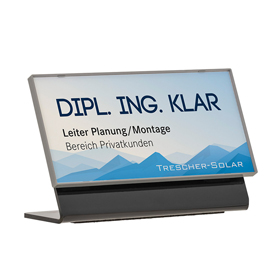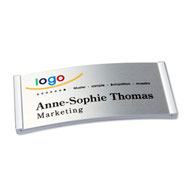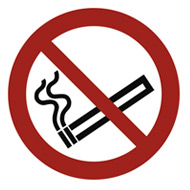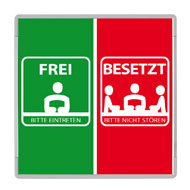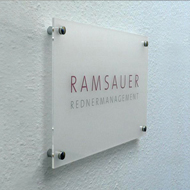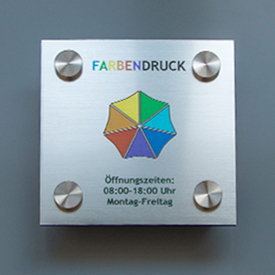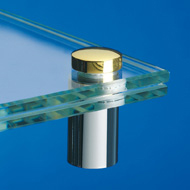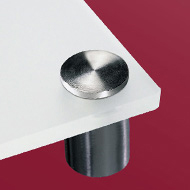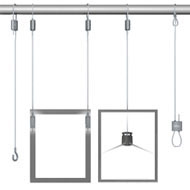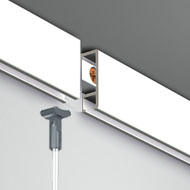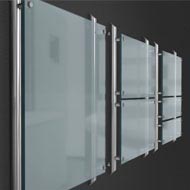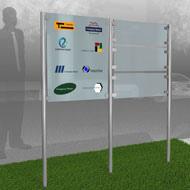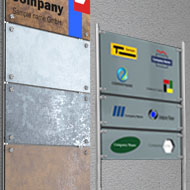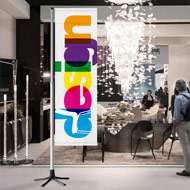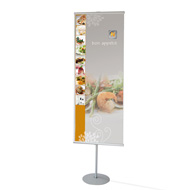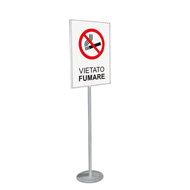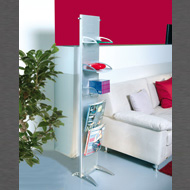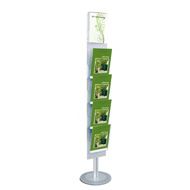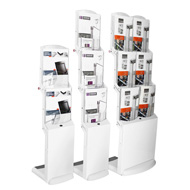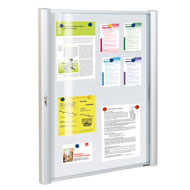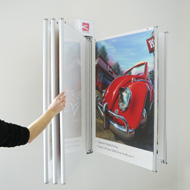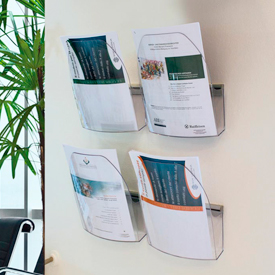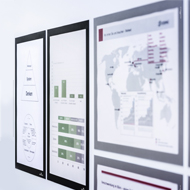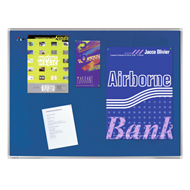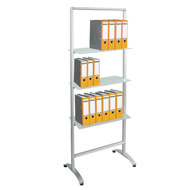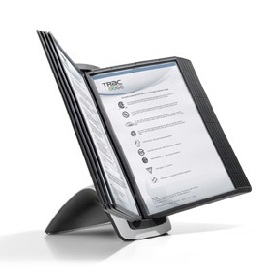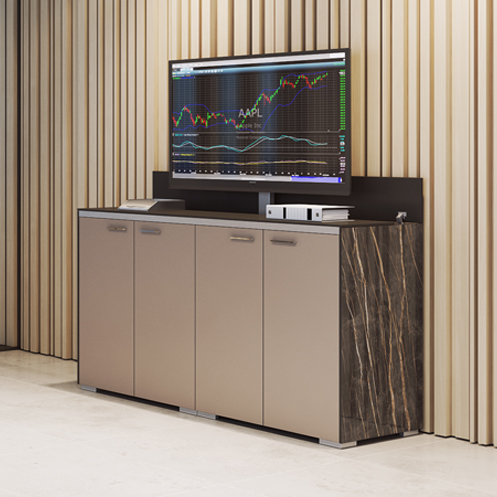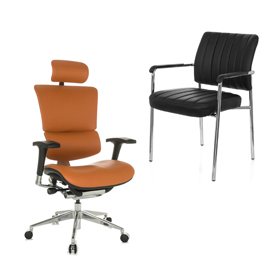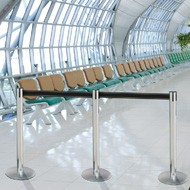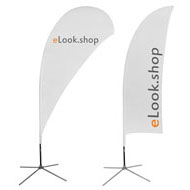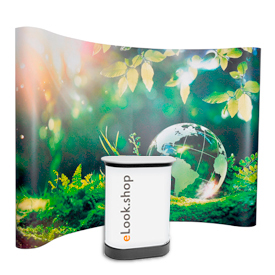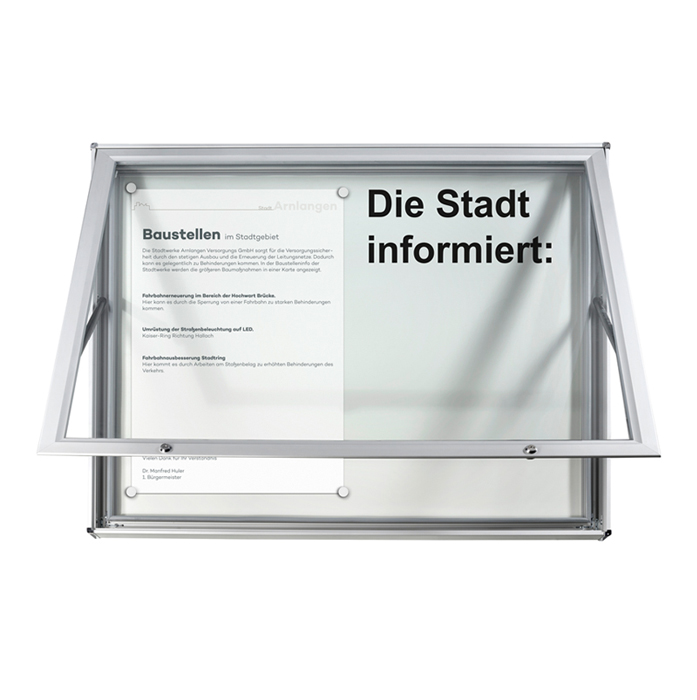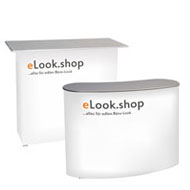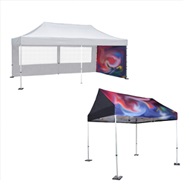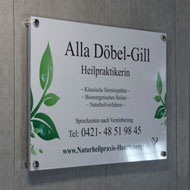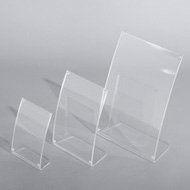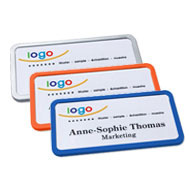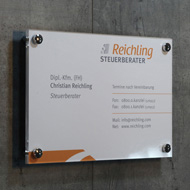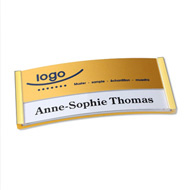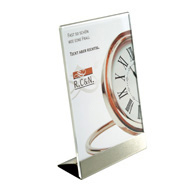How can textiles be printed?
Wednesday, May 15, 2019
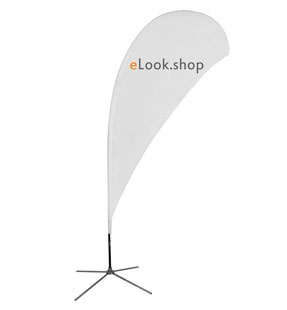
Textile printing: what is it?
Textile printing is the name given to the entirety of the printing processes with which woven fabrics, i.e. textiles, can be printed. Printing on textiles is very different from printing on paper because special inks and types of treatment have to be used for different substrates (viscose, polyester, cotton, linen, etc.). In general , 5 basic textile printing processes are singled out, based on the principles of which other subspecies developed. These include flex/flock foil transfer printing, screen printing, thermal sublimation printing, digital direct printing and digital transfer printing.Flex/flock foil transfer printing
With flex/flock foil transfer printing, the print motif is cut from a corresponding single-color foil. The film consists of three layers: transparent carrier film, colored layer and top layer with hot-melt adhesive. The cutting plotter cuts out contours of the print motif in color and cover layers without damaging the carrier film. After weeding, the motif is transferred to the fabric with a transfer press under pressure and heat. The colored surface of the flex film can be smooth or matt, the flock film has viscose flock fibers and is velvety and soft.This printing process is suitable for printing on different materials , both natural and plastic. Since only the single-color foils are used, no color gradients can be transferred. For this reason, motifs are only printed in vector graphics, especially lettering, pictograms and logos. Usually, the print motifs are printed with up to three colors. Multicolored printing is possible with this printing process, but it is more expensive. The advantages of the textile printing process are high color fastness and the possibility of producing fabric goods as individual pieces or in small editions (e.g. T-shirts or sportswear).
screen printing
Screen printing is a stencil printing process. The main difference to foil transfer printing and at the same time the advantage of the screen printing process is that no foil is required as an intermediate carrier (direct printing process). Color gradients can easily be printed on the textiles with this printing process. Furthermore, the colors remain saturated, brilliant and long-lasting. Not only light, but also dark textiles can be printed, and the colors do not lose their luminosity. Screen printing is often used for printing on T-shirts, flags and other textiles.A disadvantage is that a separate screen with a printing template has to be made for each color , which results in high fixed costs. The colors are not applied at the same time, but one on top of the other. This printing process is only economical for large quantities of articles. In addition, it should be noted that for the printing of dark textiles, white must first be used as the background, which incurs additional costs.
digital transfer printing
At first glance , digital transfer printing appears to be very similar to flex/flock transfer printing. The main difference, however, is that the print motif is not cut out of the colored foil, but applied to the white transfer foil with eco-solvent colors or inks. This method allows textiles to be printed with multicolored images, logos, photos, etc. The next step is the same as with flex transfer printing: the image is cut, weeded and fixed to the fabric with pressure and heat.This printing process is suitable for cotton fibers and is perfect for short runs, it is fast and inexpensive . But when you touch it, you can feel the difference between the non-printed material and the print. With a large printed image, it partially limits the wearing comfort and functionality, since the printed film stiffens the textile and closes the fibers. It should also be noted that the colors will fade after frequent washing. That's why you should wash the printed textiles in a gentle wash cycle and inside out.
dye-sublimation printing
The process of thermal sublimation printing is based on sublimation. Sublimation is a color transition from the solid state directly to the gaseous state, without an intermediate liquid state. First, the print motif is printed mirror-inverted onto the transfer paper using special sublimation inks or colors. It is then positioned on the fabric to be printed and then transferred using a transfer press under high pressure and high heat (at 170-200°C). The sublimation process is used in various areas: for sportswear, shoes, mugs, promotional gifts, interior decoration, banners, beach flags and much more.Sublimation printing has many advantages . The prints are of high quality, are pleasant to the touch, scratch-resistant and inexpensive. The colors remain intense and brilliant for a long time. This printing process is excellent for photos, color gradients, fine or multi-colored logos. Sublimation printing is only possible on polyester-coated textiles , especially if textiles are white (light) and have a high proportion of polyester. Cotton, on the other hand, cannot fix the color pigments and is therefore not suitable for this process. The disadvantage is that there are relatively high color deviations - the colors cannot always be transferred exactly because the specific colors cannot be displayed on specific textiles.
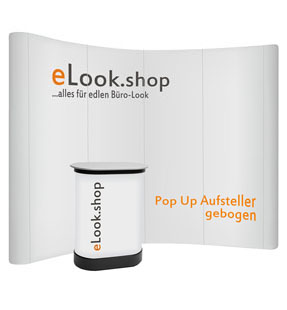
Direct-to-garment printing: DTG, inkjet printing
Digital direct-to-garment printing is the latest and most modern printing process, which is particularly popular in the fashion industry. It is called DTG (the abbreviation for "Direct To Garment") or also Inkjetdruck ("printing with inkjet").The most important differences to sublimation printing:
- the printing is done directly and only on the fabric;
- there is no "frame" around the printed image;
- Textiles made of 100% cotton and blended fabrics with up to 50% polyester are suitable for inkjet printing.
Before printing, textiles are sprayed with a liquid chemical binder and dried with heat. Then special water-based inks are applied to the fabric with an inkjet printer and permanently fixed with heat. This printing process is ideal for light-colored fabrics, but it is also possible to finish dark fabrics by first applying a layer of white paint to them. Digital direct-to-garment printing is used for clothing, interior decoration, banners, beach flags, exhibition walls and much more.
The DTG process has many advantages . The first thing to mention is that the print has a soft feel, is comfortable to wear and is highly washable. Furthermore, inkjet printing enables the perfect representation of color gradients and photo motifs , ensures brilliant colors and high fidelity to detail.
